Giovanni Fattori (1825-1905)
Get a Fattori Certificate of Authenticity for your painting (COA) for your Fattori drawing.
For all your Fattori artworks you need a Certificate of Authenticity (COA) in order to sell, to insure or to donate for a tax deduction.
Getting a Fattori Certificate of Authenticity (COA) is easy. Just send us photos and dimensions and tell us what you know about the origin or history of your Fattori painting or drawing.
If you want to sell your Fattori painting or drawing use our selling services. We offer Fattori selling help, selling advice, private treaty sales and full brokerage.
We have been authenticating Fattori and issuing certificates of authenticity since 2002. We are recognized Fattori experts and Fattori certified appraisers. We issue COAs and appraisals for all Fattori artworks.
Our Fattori paintings and drawings authentications are accepted and respected worldwide.
Each COA is backed by in-depth research and analysis authentication reports.
The Fattori certificates of authenticity we issue are based on solid, reliable and fully referenced art investigations, authentication research, analytical work and forensic studies.
We are available to examine your Fattori painting or drawing anywhere in the world.
You will generally receive your certificates of authenticity and authentication report within two weeks. Some complicated cases with difficult to research Fattori paintings or drawings take longer.
Our clients include Fattori collectors, investors, tax authorities, insurance adjusters, appraisers, valuers, auctioneers, Federal agencies and many law firms.
We perform Giovanni Fattori art authentication, appraisal, certificates of authenticity (COA), analysis, research, scientific tests, full art authentications. We will help you sell your Giovanni Fattori or we will sell it for you.
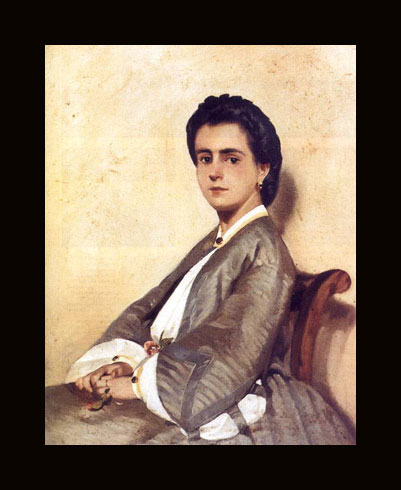
Giovanni Fattori was an Italian artist who was one of the leaders of the group known in the art world as the Macchiaoli. Fattori was born in Livorno, but would spend much of his career working in Florence. Though he came from a modest family, his talent in drawing at an early age convinced Fattori’s parents to allow him to pursue art. In 1845, Fattori was apprenticed to fellow Italian artist Giuseppe Baldini, and the following year, traveled to Firenze to study under Giuseppe Bezzuoli.
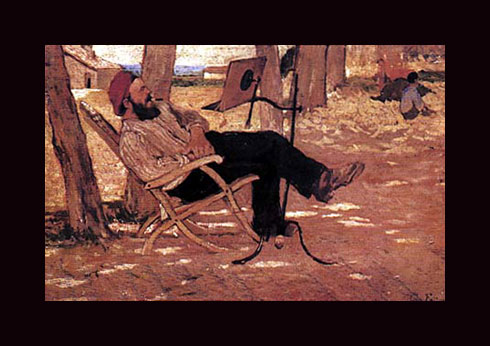
Many of Fattori’s earliest works have not survived the years, but even if they did, most art critics and historians would note that they are rather crude in comparison to those of his contemporaries. Fattori’s progress in artistic skill was said to have been rather slow by the standards of other artists of the day. Fattori’s earliest pieces were said to have been sketches, portraits and historical scenes, mostly influence by Bezzuoli. It is possible that many of these “inferior” paintings still exist today, but un-attributed or wrongly assigned to another painter.
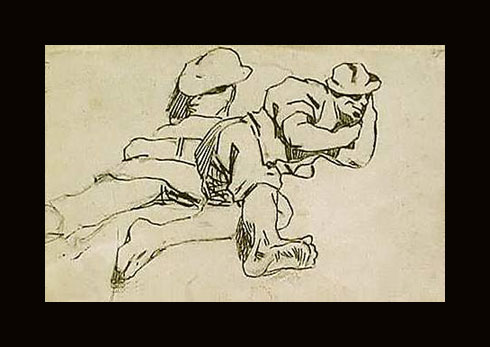
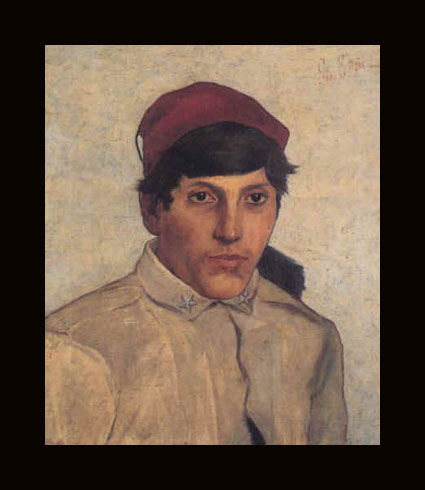
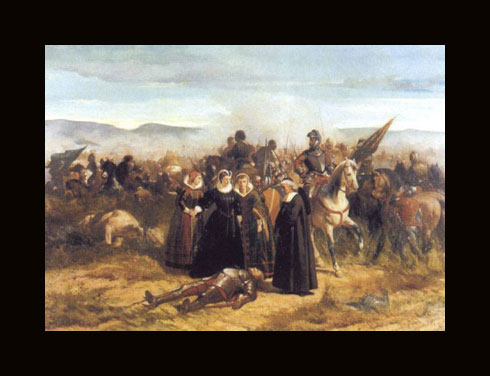
Fattori began to frequent the Café Michelangiolo in the 1850’s, which was a meeting ground for other artists. There he would take part in artistic and political discussions with other painters. Fattori would travel with friends that he met in the café to Paris in 1855 and there they discovered the techniques of the Barbizon School, and their use of “plein air” (or painting directly in the outdoors from nature). This in turn influenced Fattori’s style immensely. One of the most telling signs of how the French style influenced his work can be seen in his self-portraits; Fattori’s self-portrait as a young man is clearing in a more classical style, while his self-portrait as an older man clearly exhibits the ideals of Impressionism.
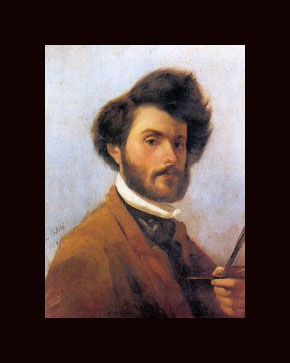
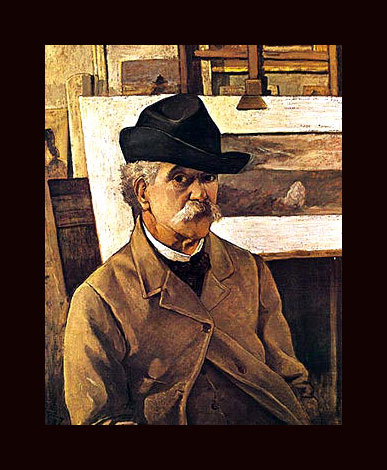
From this French influence, thus, the Macchiaioli group was born. These artists were forerunners of the Impressionist style, and, in a way, offered the Italian equivalent to French Impressionism. Much like their fellow French artists, Fattori and his Macchiaioli accomplices met much criticism for their “unfinished” compositions and unconventional style.
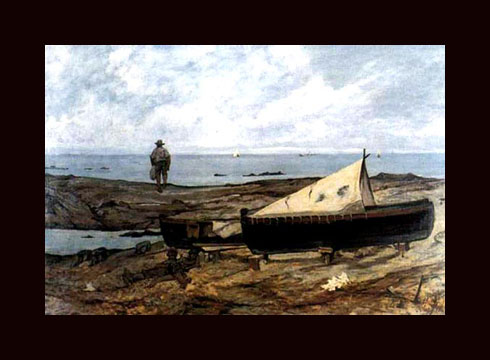
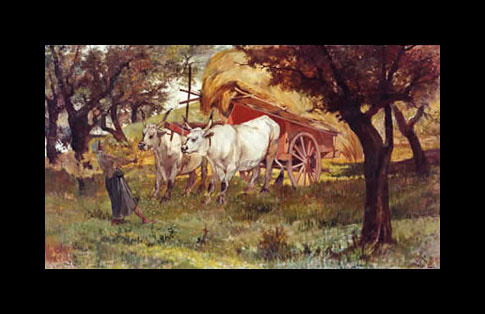
Much of Fattori’s oeuvre that still exists is dominated by military scenes, Tuscan landscapes, portraits and horses.
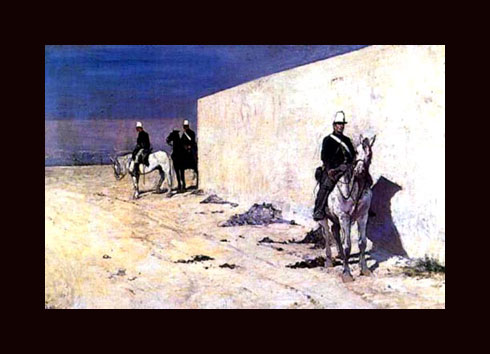
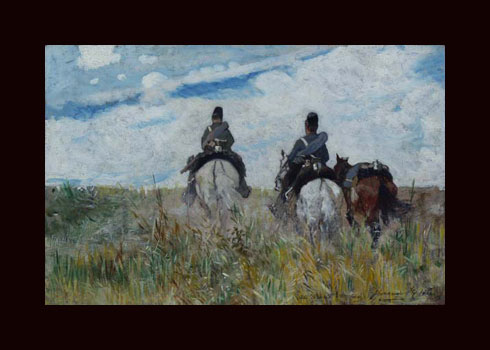
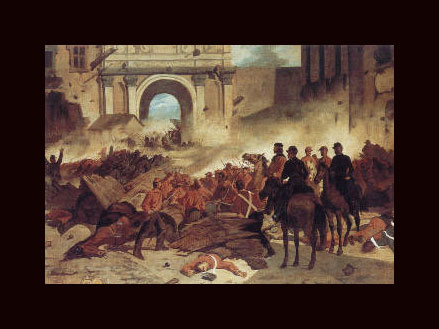
Fattori was known by his fellow painters for his candor and honesty and was greatly admired in his lifetime. In 1869, he began to teach at the Florentine Academy where he had a number of famous pupils, among them, Amadeo Modigliani.
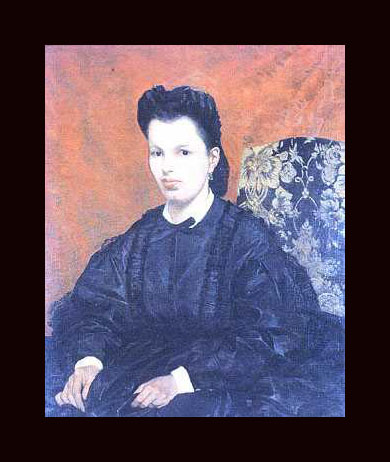
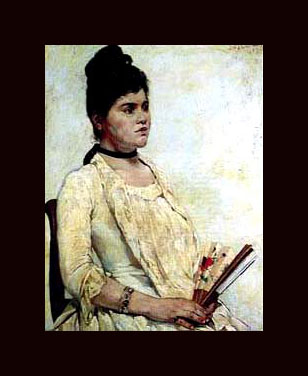
Today, Fattori’s works are housed all over the world, with one of the biggest collections being in his hometown of Livorno at the Giovanni Fattori Museum. Still wondering about a Macchiaioli influence, Italian “Impressionist” piece hanging in your home? Contact us…it could be by Giovanni Fattori.
